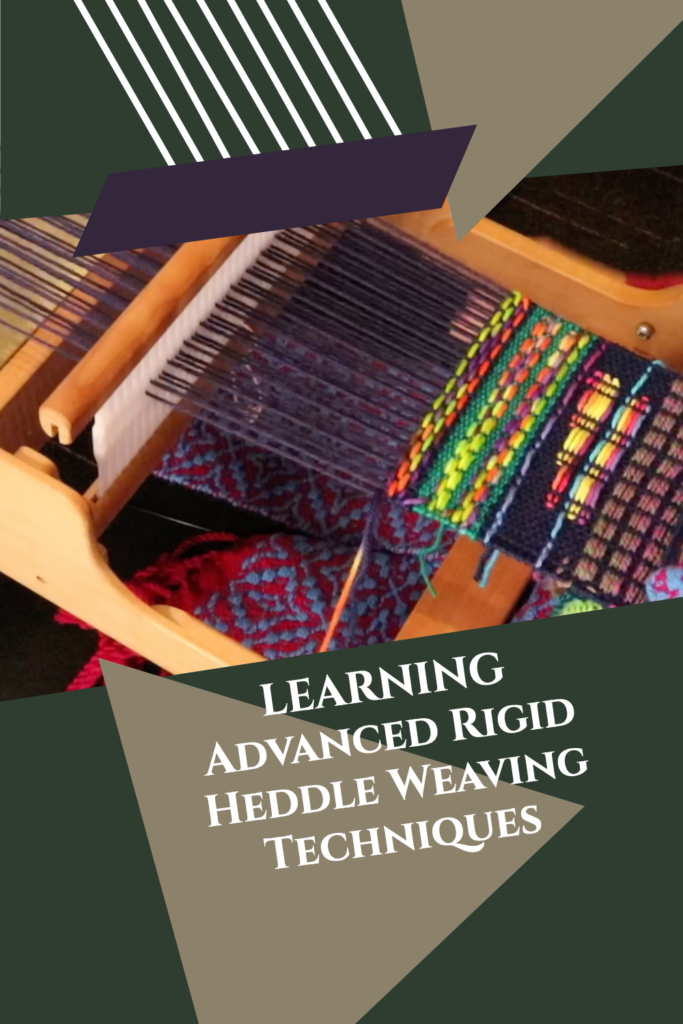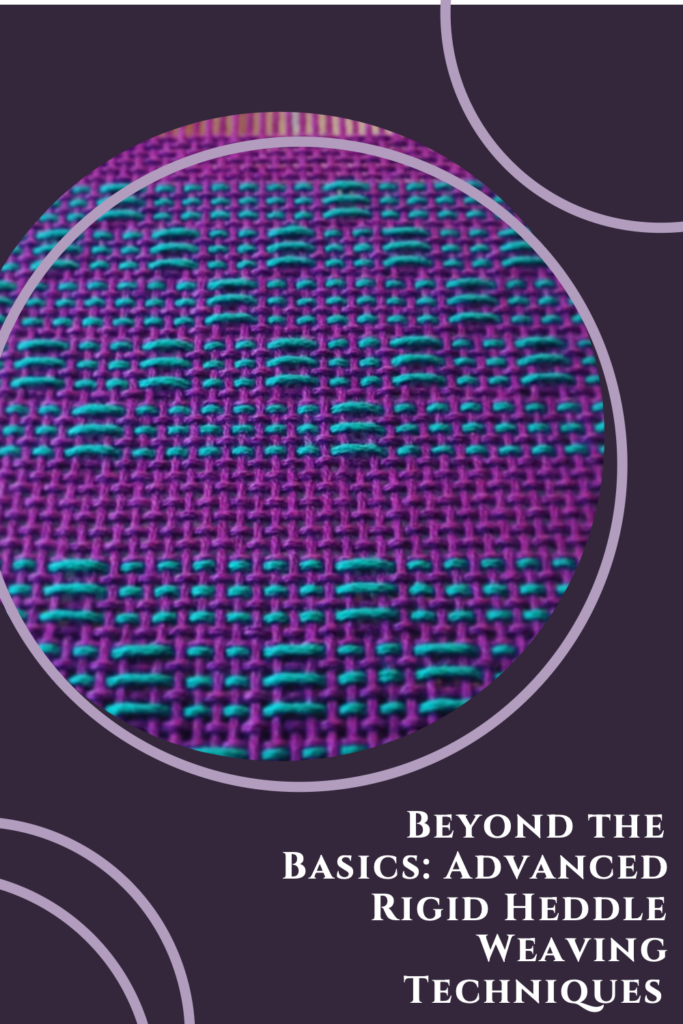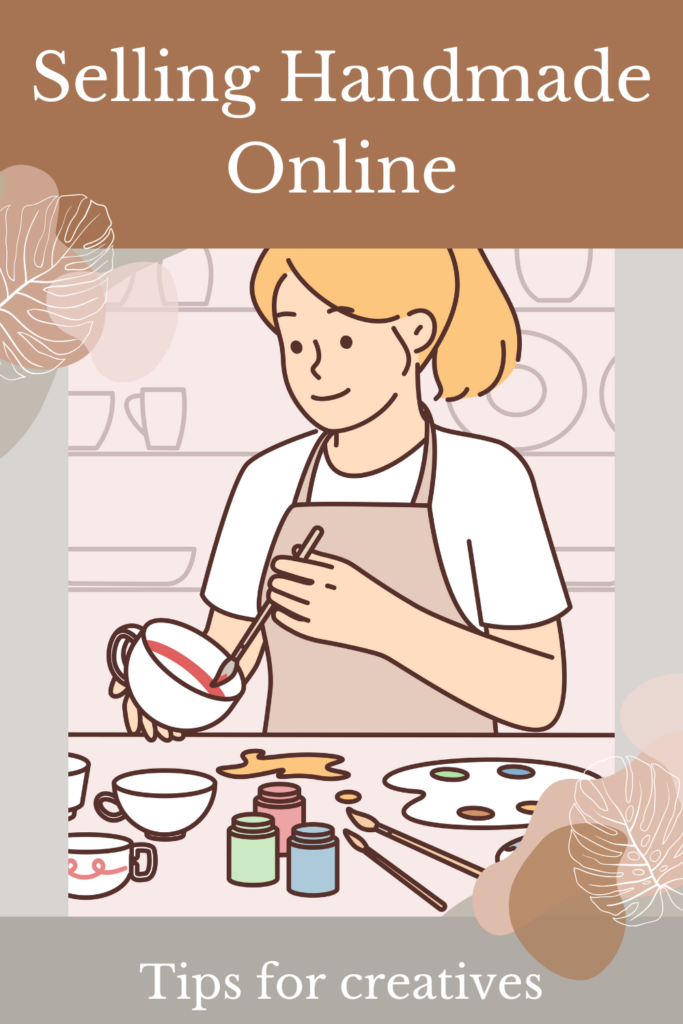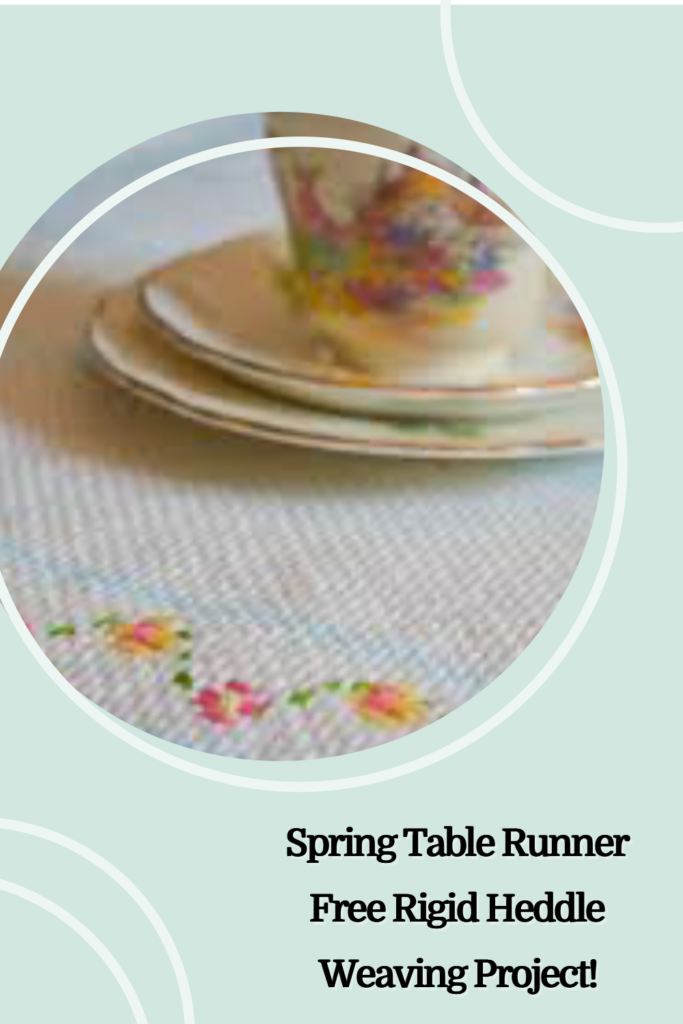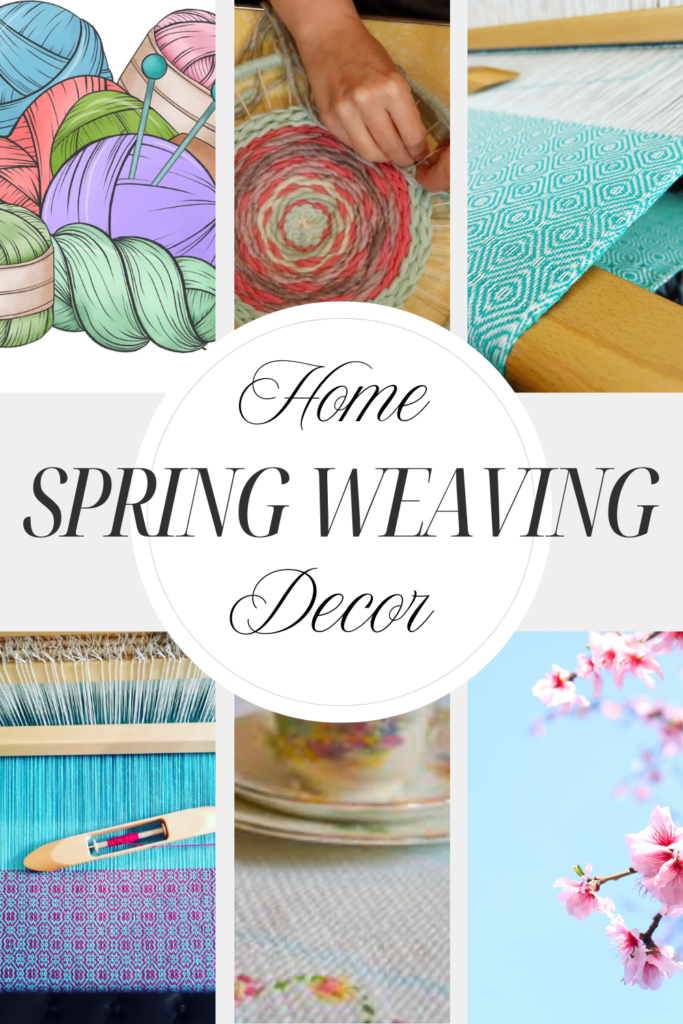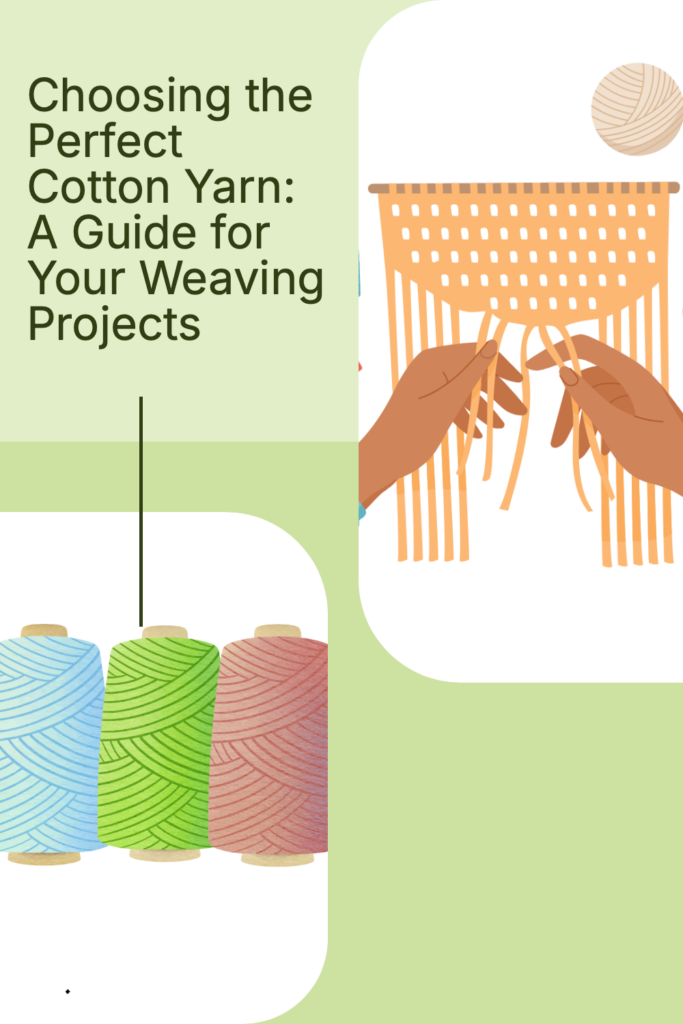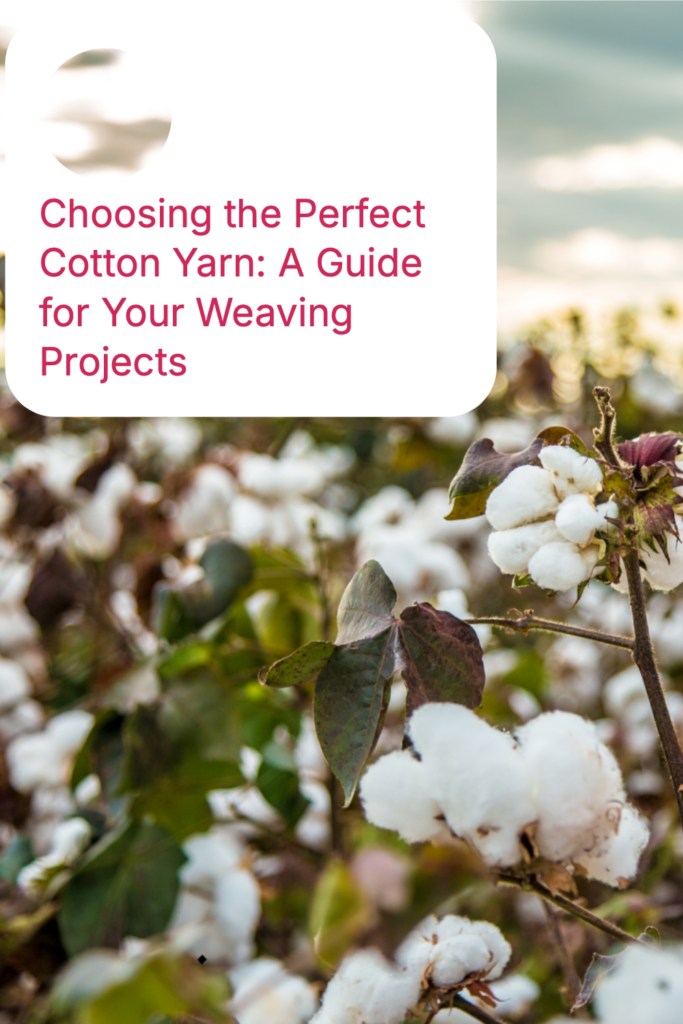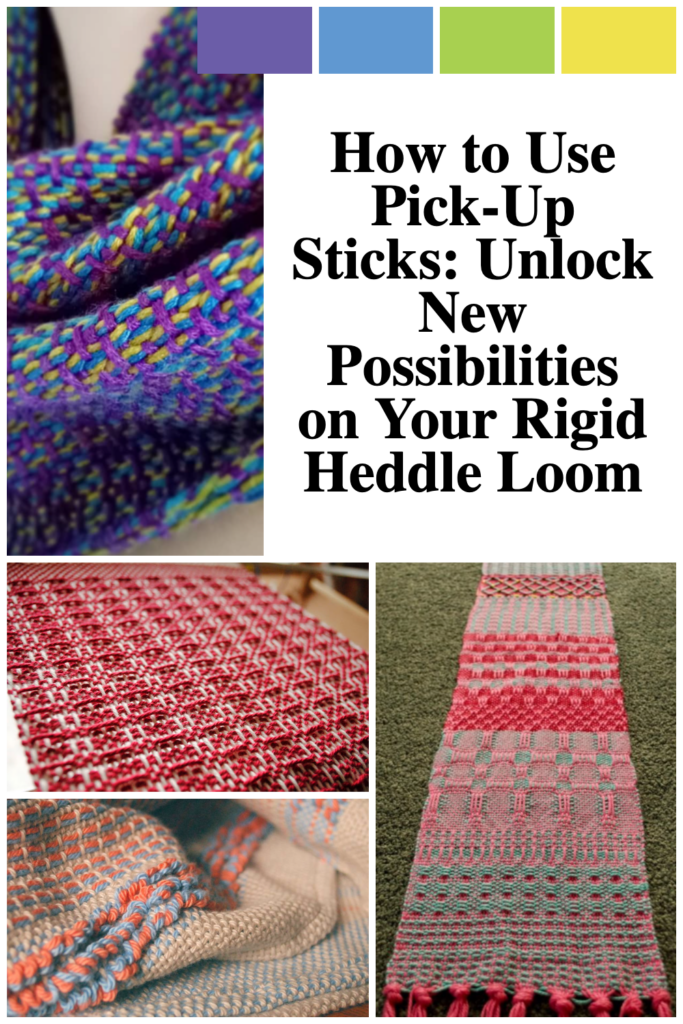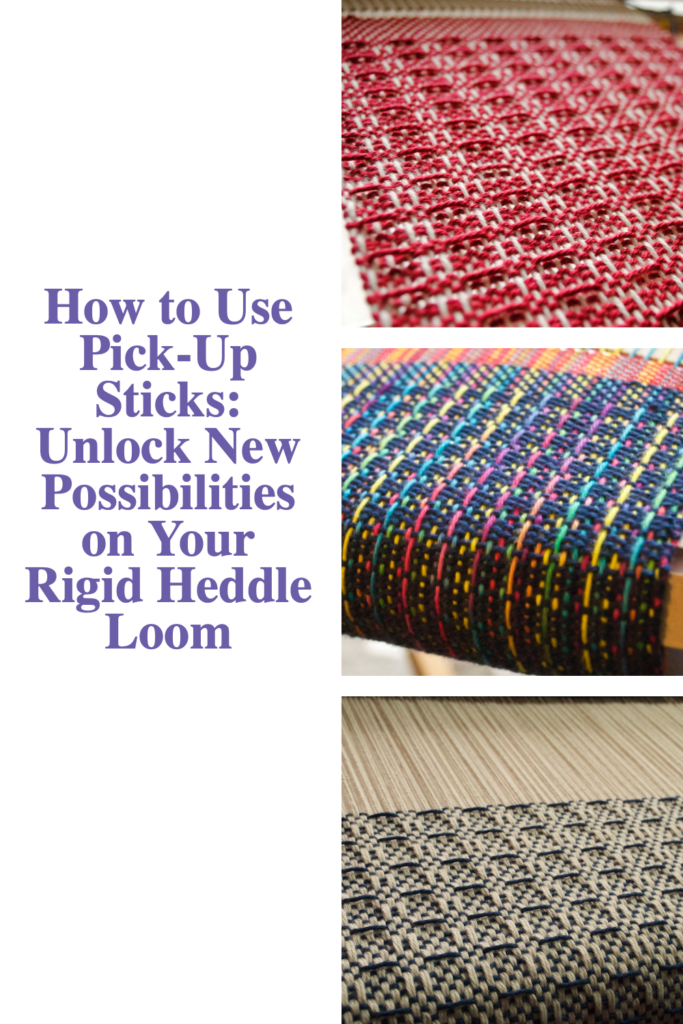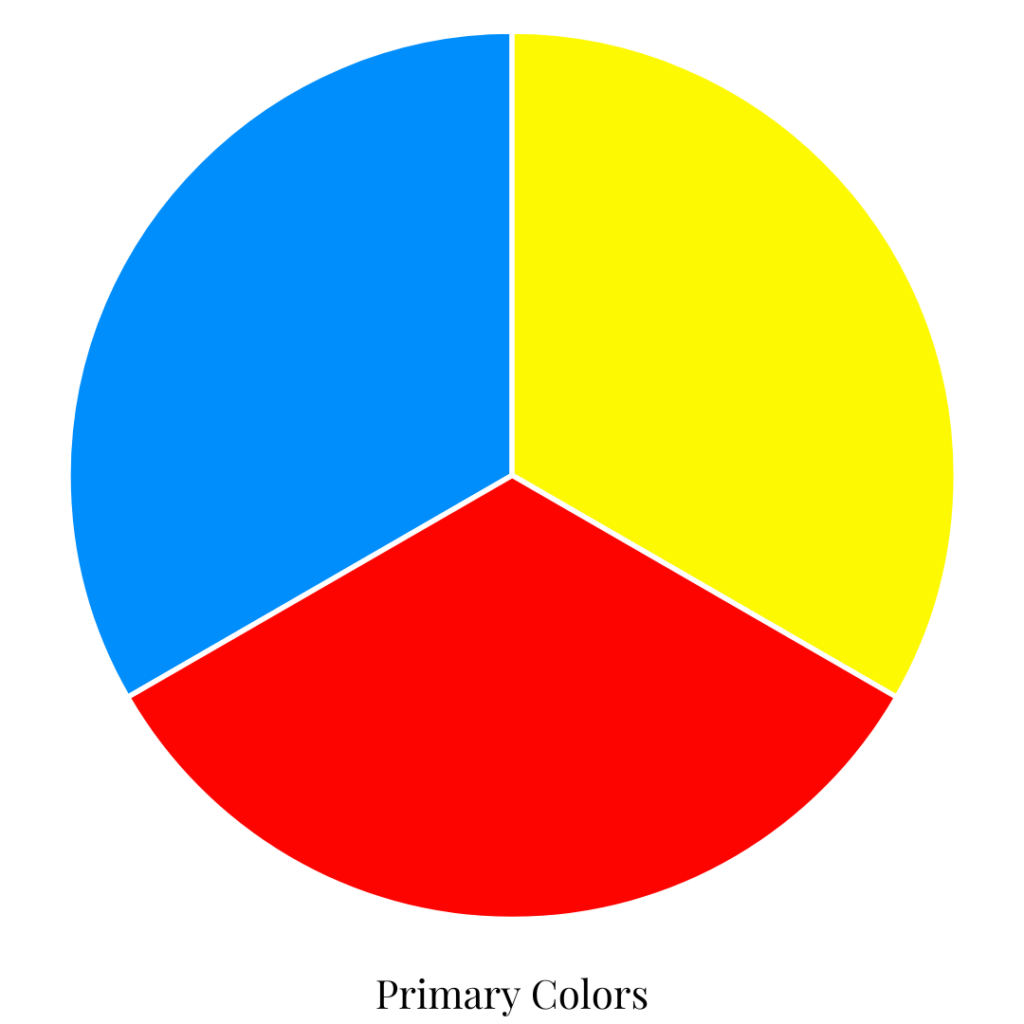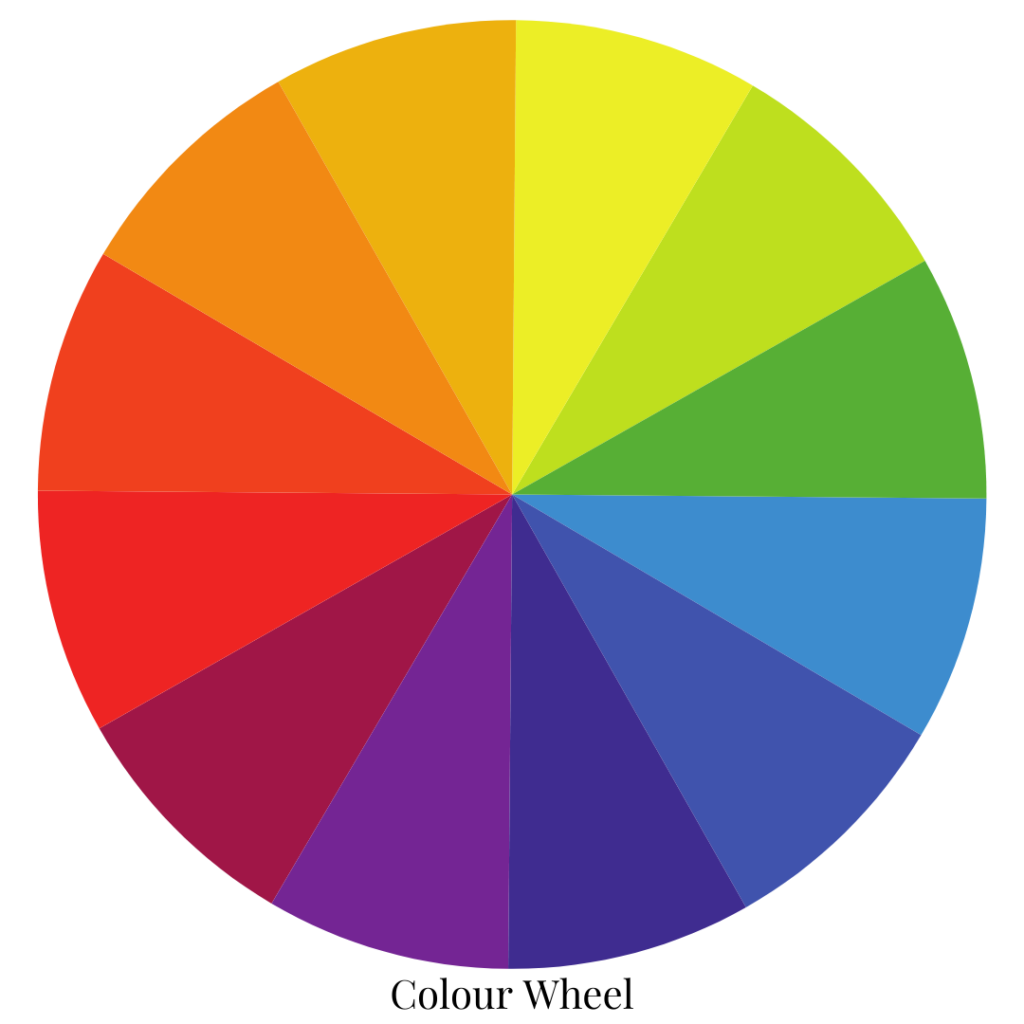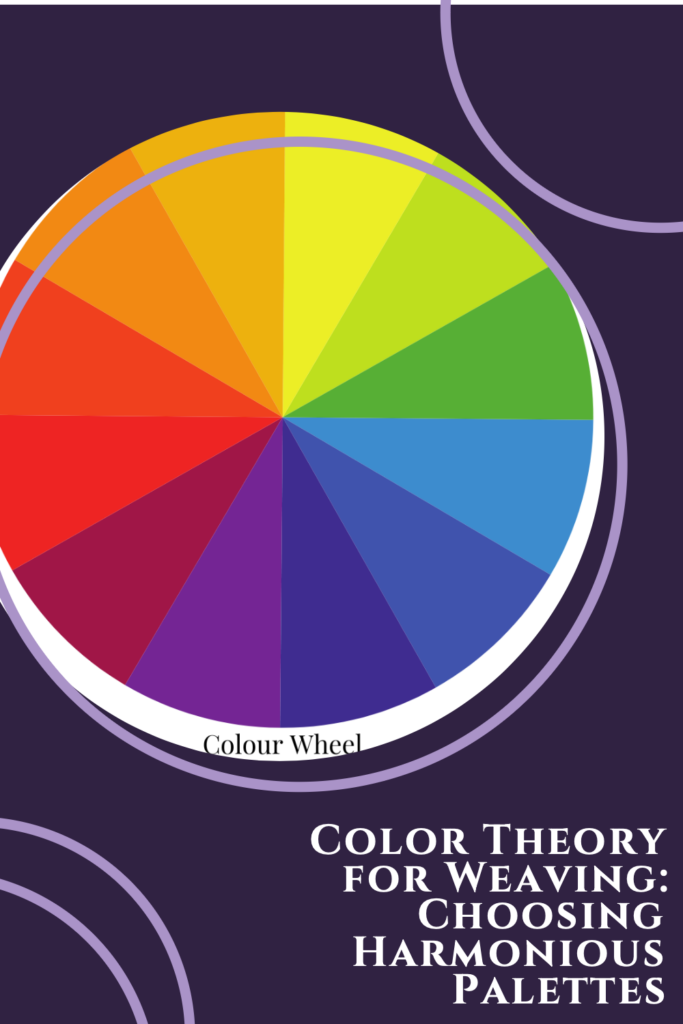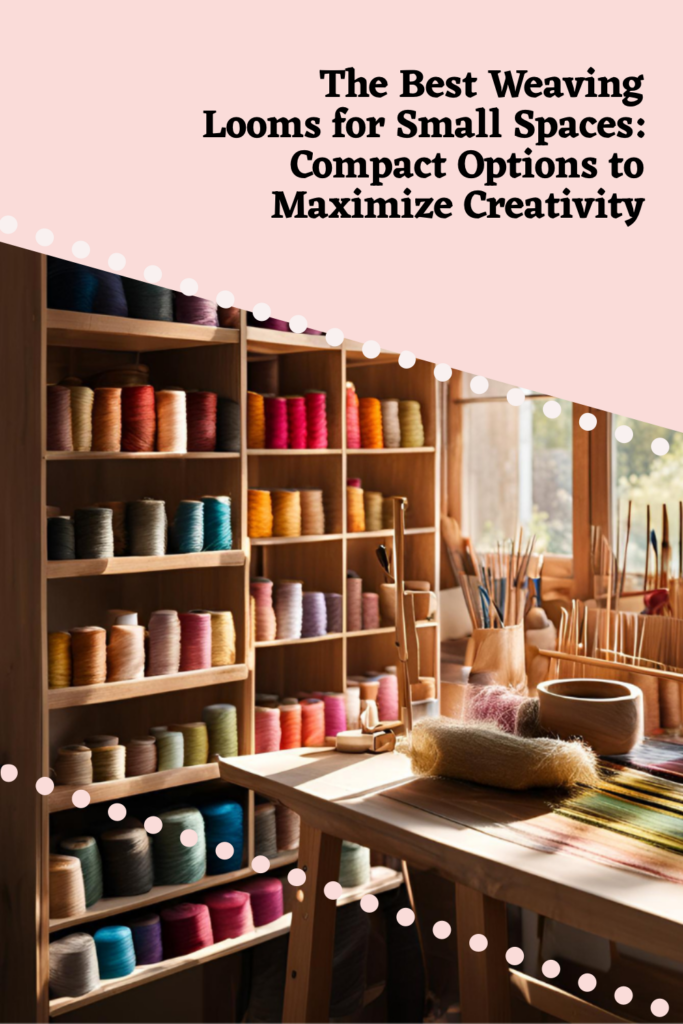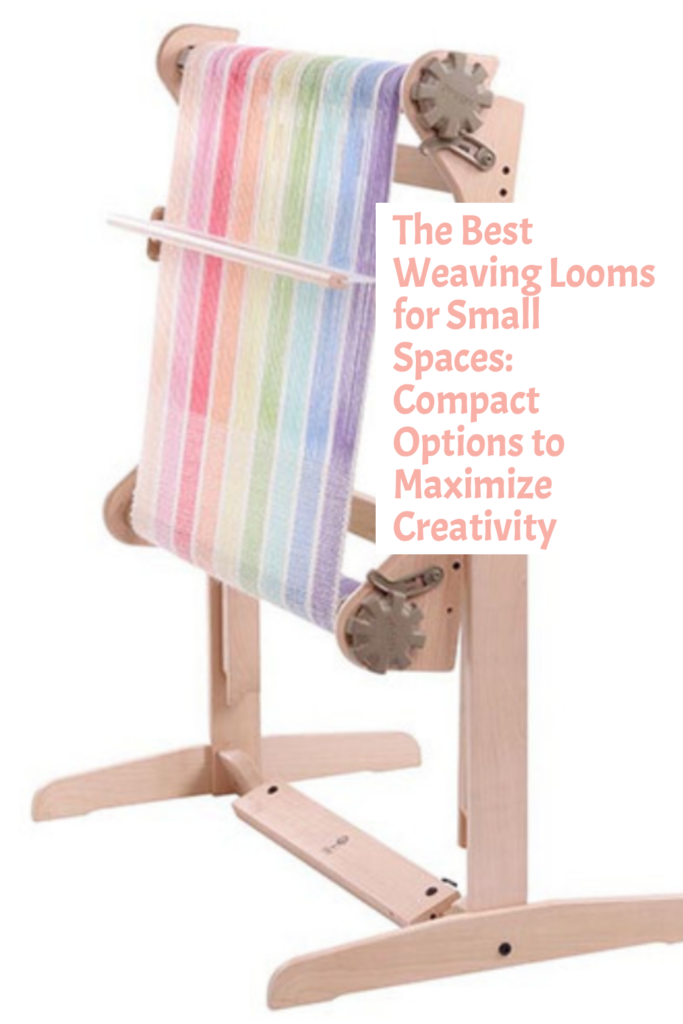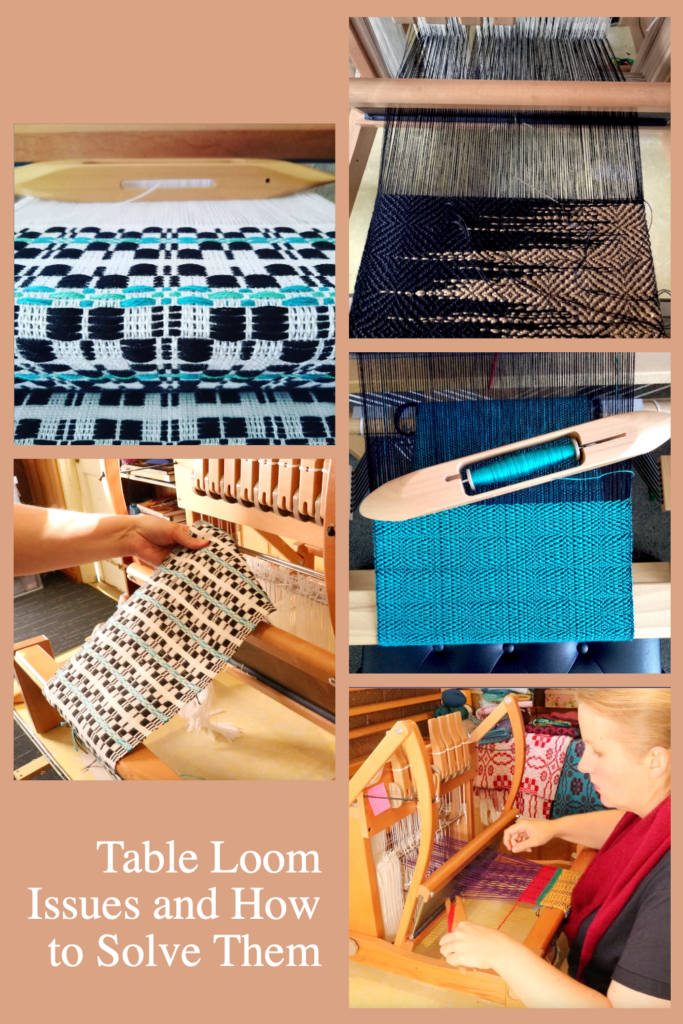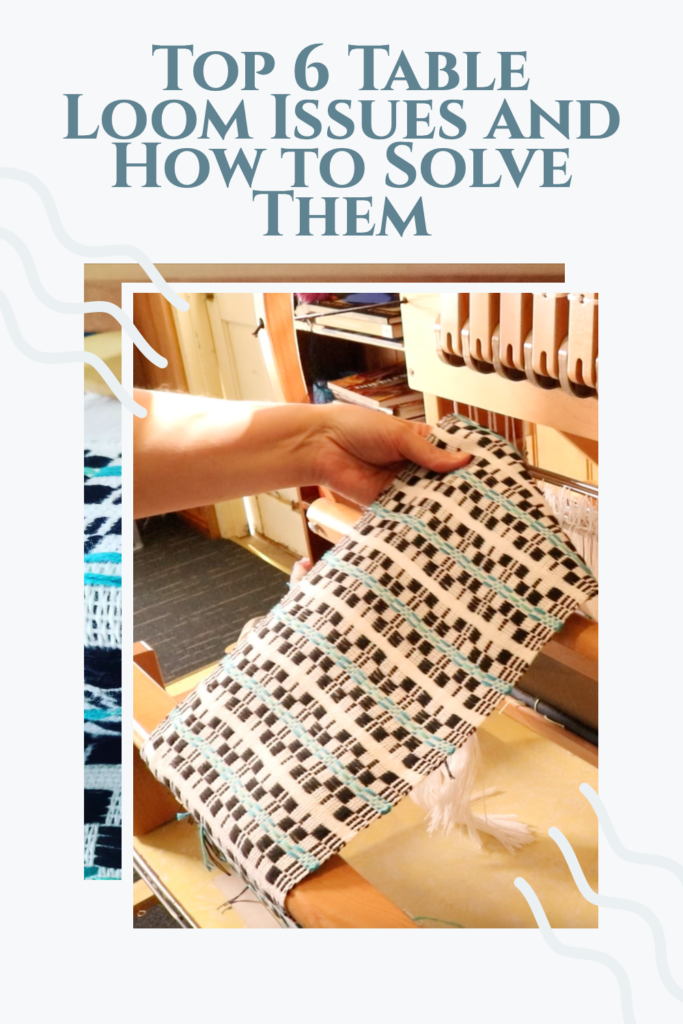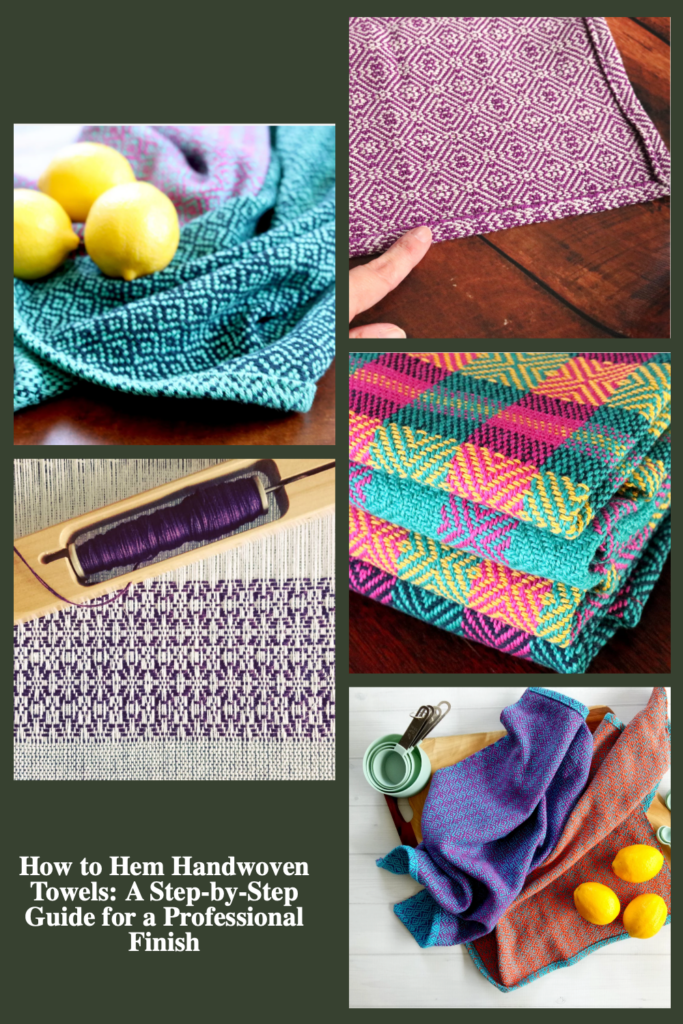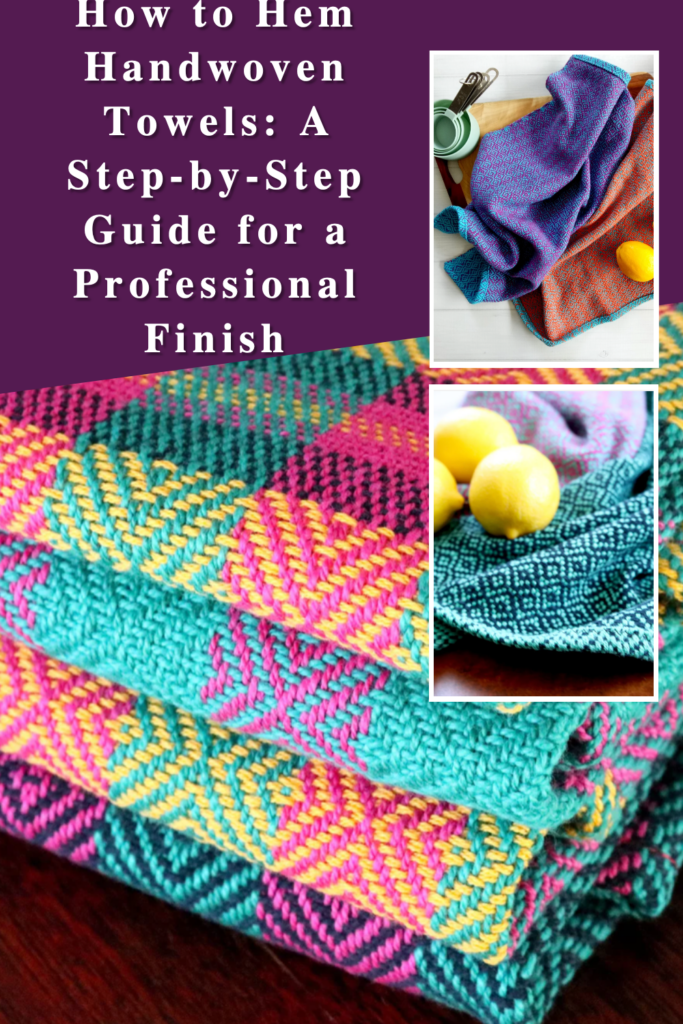I still remember the thrill of waiting for my very first rigid heddle loom to arrive. The idea that I could create my own handwoven fabric felt like magic. I’d seen weaving videos online, mostly featuring floor looms, and dreamed of starting my own weaving journey, imagining the joy of weaving.
When the box finally arrived, I was filled with excitement—and a little bit of trepidation. I didn’t know any other weavers, and back then, online resources were scarce. Thankfully, that’s no longer the case! Today, rigid heddle weaving is more accessible than ever, and I’m here to help you get started.
Why Rigid Heddle Weaving?
Rigid heddle weaving is perfect for beginners and experienced crafters alike. Its accessibility and versatility make it a great choice for anyone eager to explore the art of weaving. Whether you’re looking for a creative outlet or a way to relax, the rigid heddle loom is a wonderful companion and excellent starting point.

What Is Rigid Heddle Weaving?
A rigid heddle loom is a simple, portable loom with a rigid heddle (a frame with slots and holes) that serves as both a beater and a shed maker. It allows you to weave fabrics quickly and easily without the complexity of a large multi shaft loom.
Compared to Other Looms:
- Rigid Heddle Loom: Affordable, compact, and beginner-friendly.
- Floor Loom: Larger and more complex, designed for advanced weavers and larger projects.
- Inkle Loom: Ideal for narrow projects like belts and straps.
Why It’s Fun and Accessible
Simple Setup and Use
One of the best things about a rigid heddle loom is its simplicity. The setup is straightforward, making it easy to get started even if you’re completely new to weaving. With a bit of practice most weavers find that they improve very quickly.
Quick Results
Weaving on a rigid heddle loom allows you to see progress quickly, which is incredibly motivating for beginners. Imagine weaving your first scarf or table runner in just a few hours to a day or two!
Creative Freedom
The rigid heddle loom is versatile enough to let your creativity shine. You can experiment with different yarns, textures, and patterns without needing advanced techniques. Even if you just learn plain weave and decide to mostly stick with that, there are other techniques, such as Color and Weave or Clasped Weft to jazz up your plain weave.
Hands-On Satisfaction
There’s something deeply satisfying about working with your hands. Watching your project take shape on the loom is a tangible reminder of your creativity and effort. Weaving is calming and therapeutic.
Creative Possibilities
Rigid heddle weaving opens up a world of possibilities. You can create:
- Scarves: Perfect for trying out new yarns and color combinations.
- Table Runners: Add a handmade touch to your home décor.
- Wall Hangings: Combine textures and patterns for stunning art pieces.
- Dish Towels: Practical and beautiful gifts for family and friends.
- Blankets: Cosy up on cold winter evenings with a bespoke handwoven blanket 🖤
You can also experiment with specialty yarns, hand-dyed fibers, and weaving patterns to make each piece uniquely yours.

A Social Craft
Weaving doesn’t have to be a solitary activity—it’s a way to connect. Many online weaving communities and local guilds welcome weavers of all skill levels. Sharing your progress and learning from others can make your weaving journey even more rewarding.
At the Online Weaving School we have a private member’s group where students share and troubleshoot. It’s a wonderfully supportive and safe space for weavers!
A Source of Income
Yes, you really can make money from your weaving if that is something that interests you. Check out these posts to get you started:
Do you want to start selling your weaving?
3 ways to start selling online for free
Etsy vs Shopify – which is best for selling online?
Getting Started
Ready to dive in? Here’s what you’ll need:
- Rigid Heddle Loom: Start with a size that fits your space and budget
- Yarn: I recommend starting out with a woollen or cotton knitting yarn for first projects
- Shuttle: For passing your weft yarn through the shed.
- Double ended threading hook: Makes warping and threading your loom simple with just one tool.
Check out this article for all the basic essential tools I use frequently.
Budget-Friendly Tip: Many weaving stores offer beginner kits or sometimes secondhand looms. Check online marketplaces or local weaving groups and guilds for deals.
Rigid heddle weaving is more than a craft—it’s a way to express your creativity, make beautifully unique items, and connect with a vibrant community of makers. If you’ve ever dreamed of creating your own fabric, there’s no better time to start.
Until next time…
Happy weaving!
*This post contains affiliate links. For further information, please see my disclosure policy.

